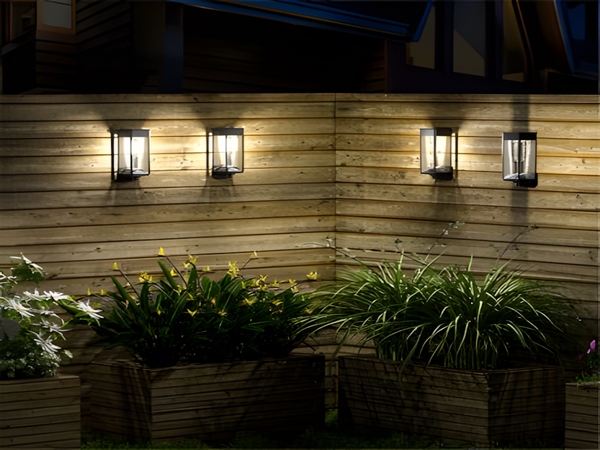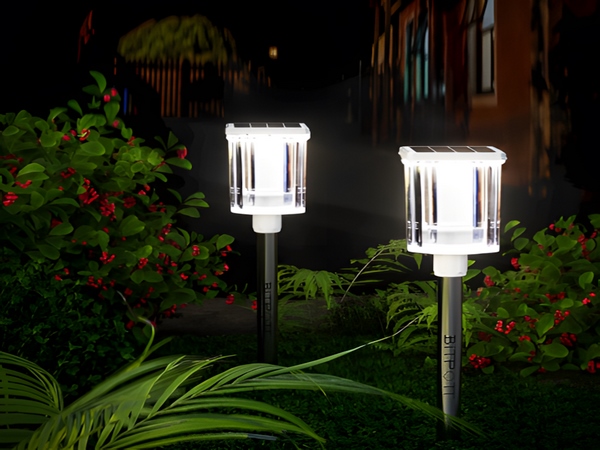

Road lighting lamps are commonly seen in everyday life. When walking alongside roadways, you can find various streetlights everywhere. Many people may not have a clear understanding of road lighting lamps, and one common question is about the different types of these products.
Single-side streetlights are used based on the width or height of the road. When choosing lighting, the spacing of single-side streetlights is also determined by the height of the lamp post. If the height is within 6 meters, the spacing is generally about 10 meters. If the lamp post height exceeds 6 meters, the spacing can range from 10 to 25 meters. Ultimately, this should be determined based on the specific situation.

Central dual-arm streetlights are very distinctive. The spacing between these lights ranges from 10 to 20 meters. Generally, wider highways have two lanes in each direction, illuminated by central dual-arm streetlights. This type of lighting tends to be uniform; however, maintenance of these lights can be somewhat inconvenient.
Two-side streetlights are considered the most common type of streetlight. Currently, two-side streetlights can feature various distributions based on the presence of vehicles or pedestrians, enhancing aesthetics. Additionally, two-side streetlights face several limitations. The angle of the lamp can be increased up to 15 degrees, but this can cause glare, so it is important to adjust the angle of the streetlights properly.



